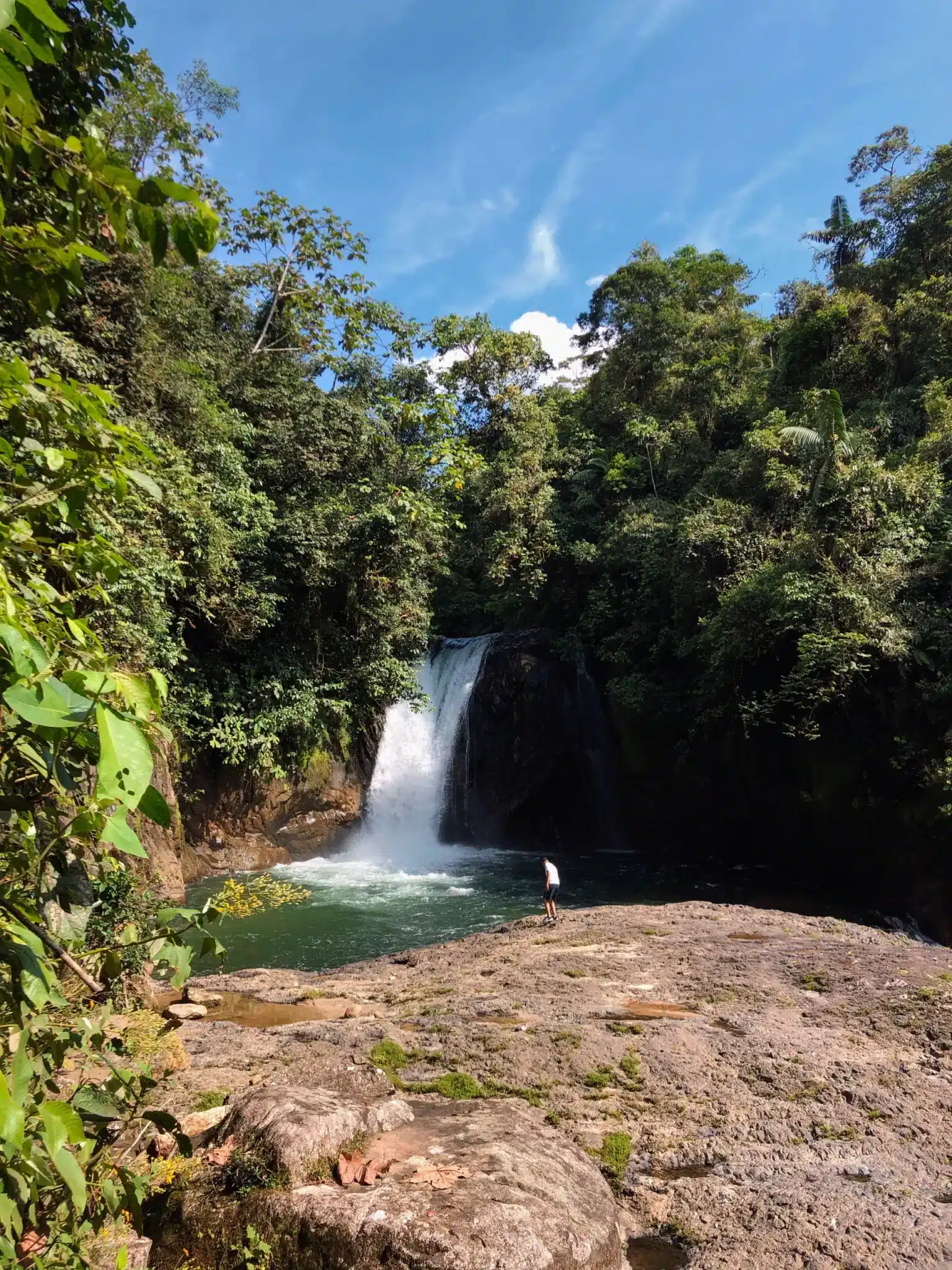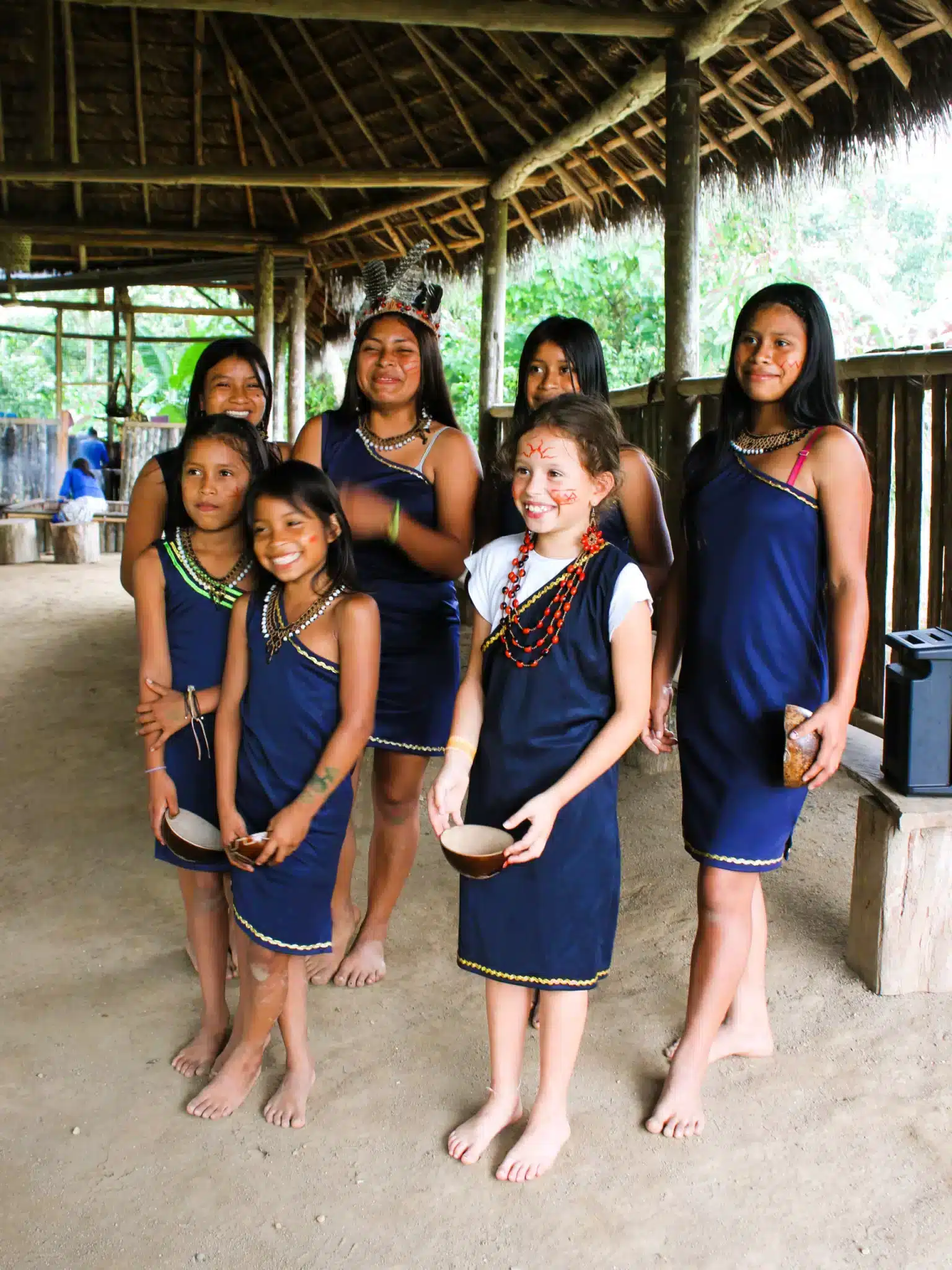The Amazon region in Ecuador is a place of unparalleled natural beauty, where majestic treetops and lush vegetation create a canopy that seems to stretch infinity. As you explore the Amazon rainforest, you will encounter a vibrant ecosystem teeming with life. The region is home to an incredible variety of wildlife, making it a true paradise for nature enthusiasts and adventurers seeking to connect with and experience the magic of the jungle. The region is home to an incredible variety of wildlife, making it a true paradise for nature enthusiasts and adventurers seeking to connect with and experience the magic of the jungle.

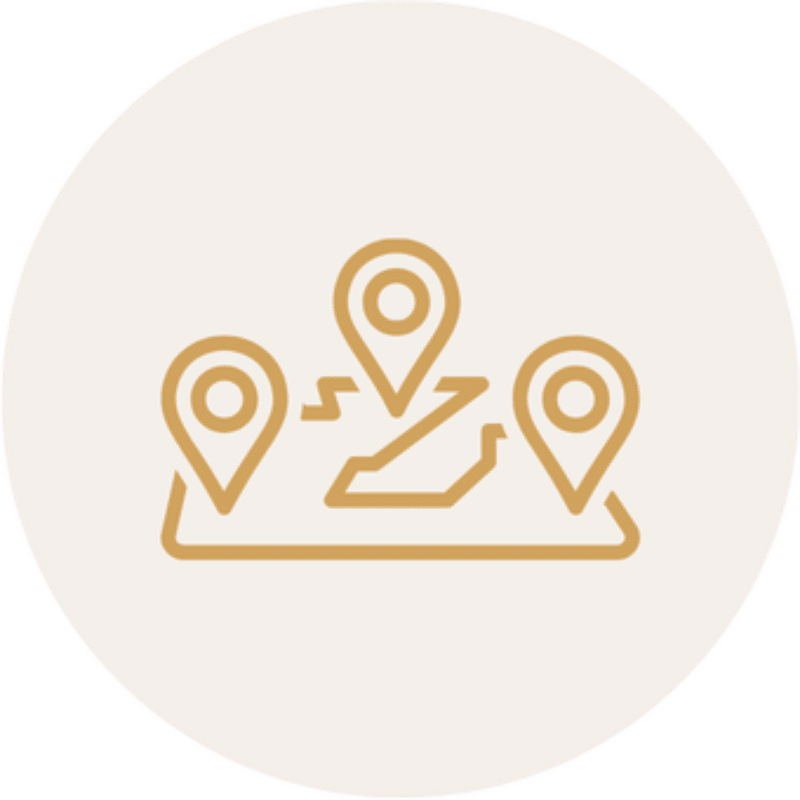
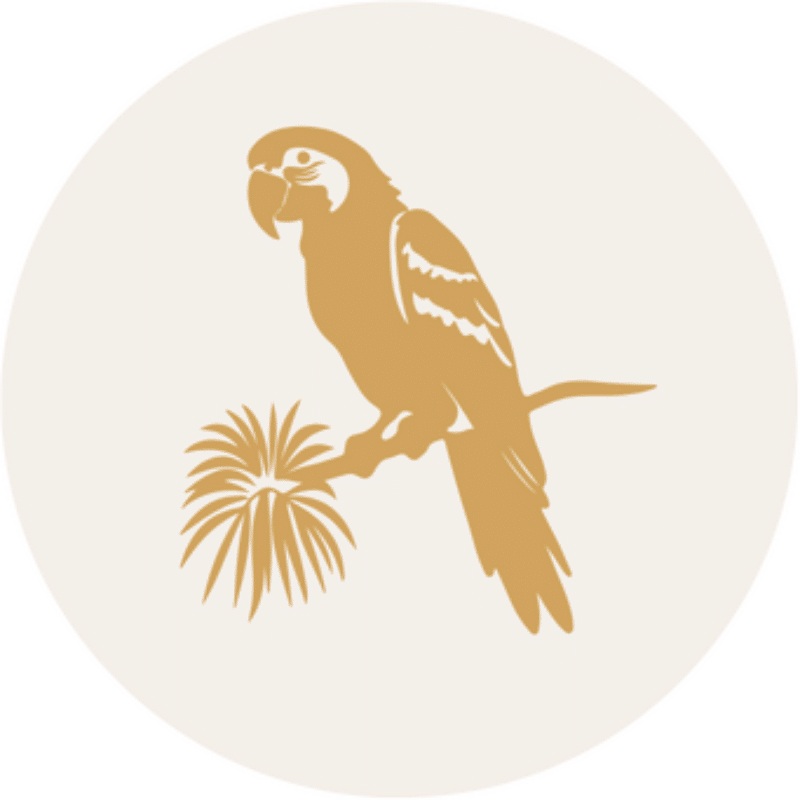


Yasuní National Park is the largest nature reserve on the Ecuadorian mainland, comprising 99.73% of primary and originary forest. Designated as a UNESCO biosphere reserve, it is considered one of the most biodiverse areas globally. Located deep in the Amazon, Yasuní National Park offers an authentic experience of the rainforest’s wildlife in their natural habitat, Located deep in the Amazon, Yasuní National Park offers an authentic experience of the rainforest’s wildlife in their natural habitat, hosting iconic species like jaguars, anacondas, and sloths, along with an incredible diversity of birds, reptiles, and insects.
Furthermore, Yasuní National Park serves as the homeland for indigenous communities, including the Waorani and Kichwa. Exploring this area provides valuable insights into the culture and way of life of these communities, harmonizing with nature. Additionally, approximately 200 members of the Taegari and Taromenane peoples live in the park, representing some of the last indigenous groups voluntarily living in isolation in Ecuador.

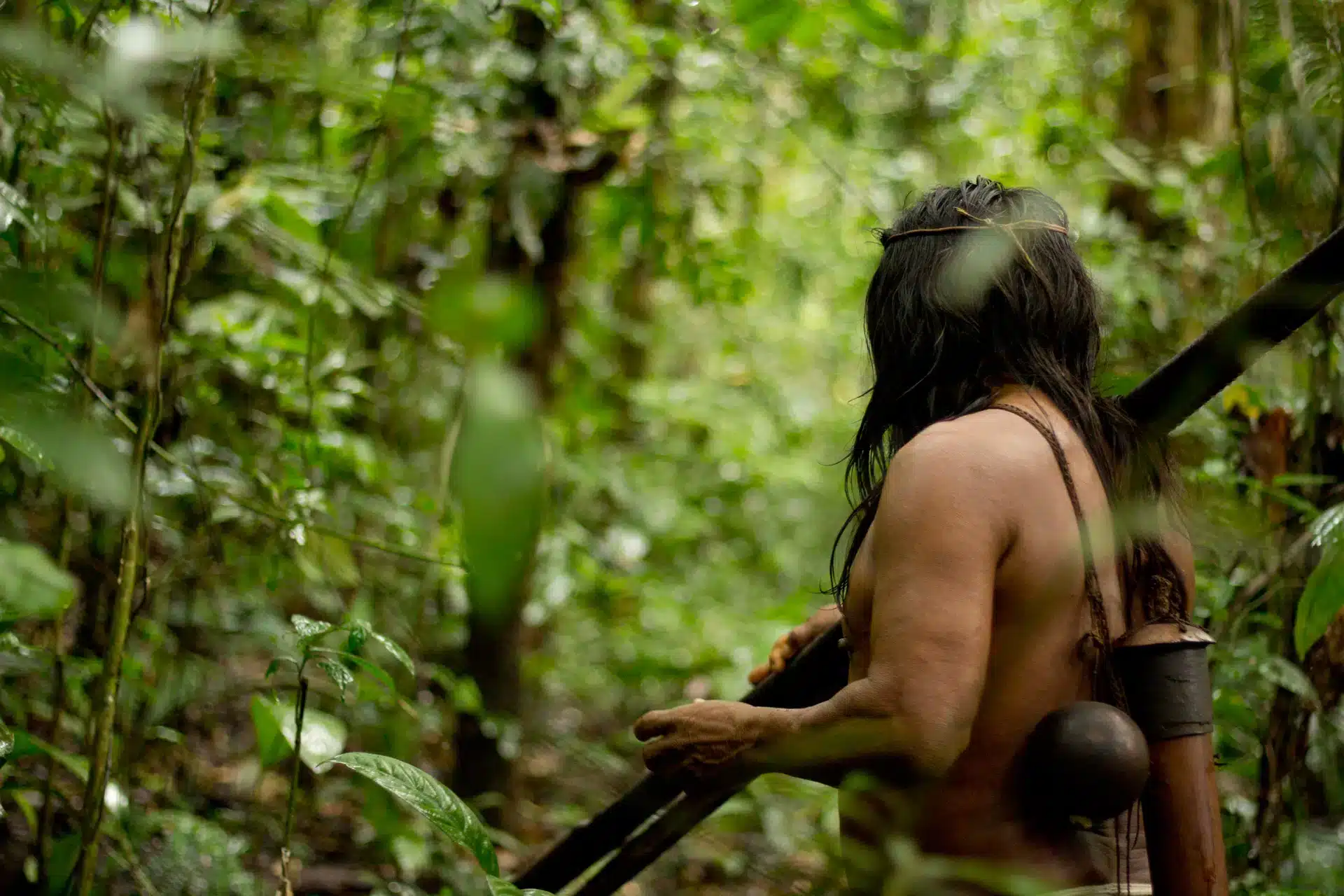
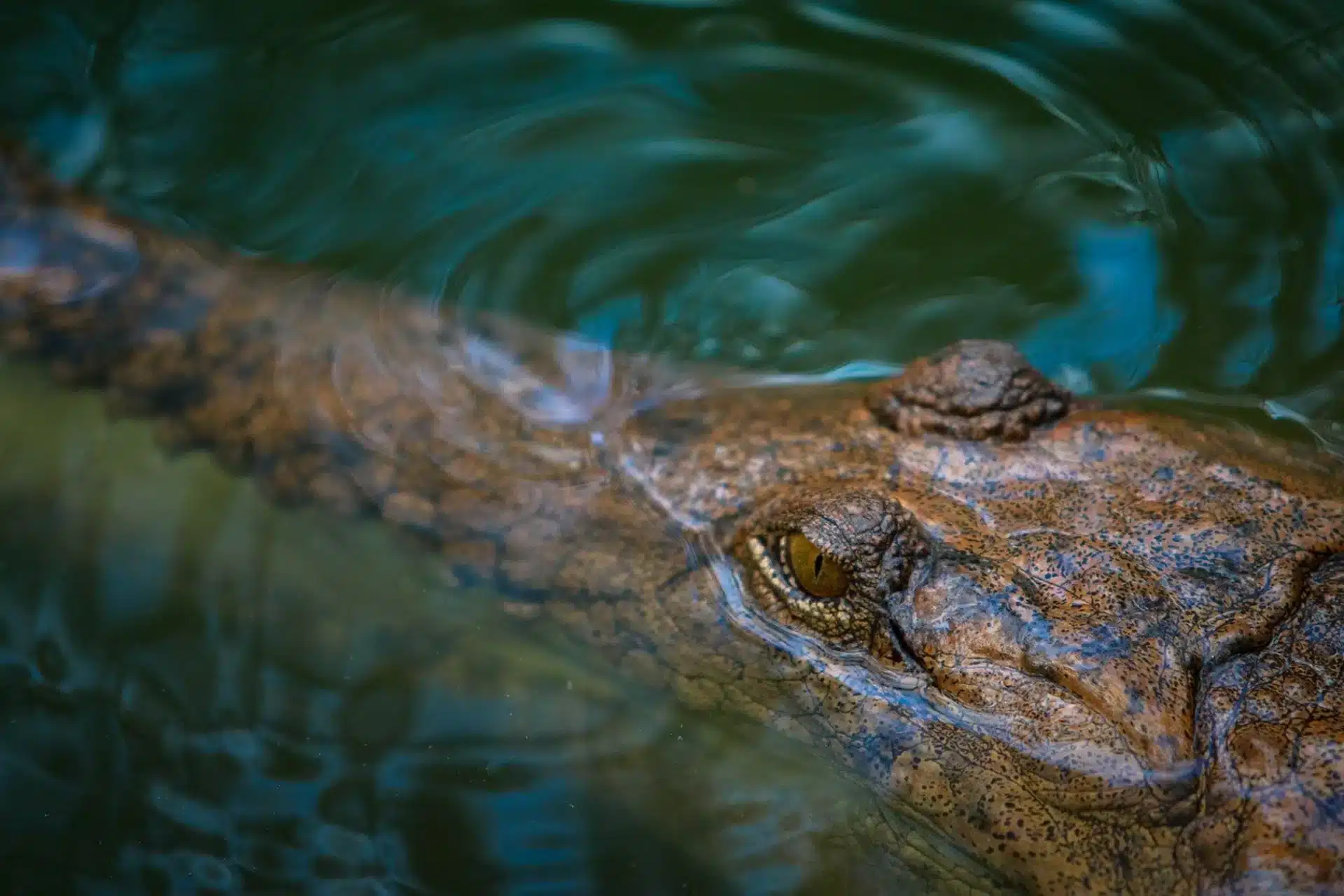

(Inia geoffrensis). Native to the Amazon basin, it stands out for its ability to navigate the murky waters of Amazonian rivers and flooded forests. It uses sound to facilitate navigation, movement, and feeding, recognizing objects and other animals deep in the river. They are social animals with the ability to experience emotions such as pleasure, pain, joy, and fear.
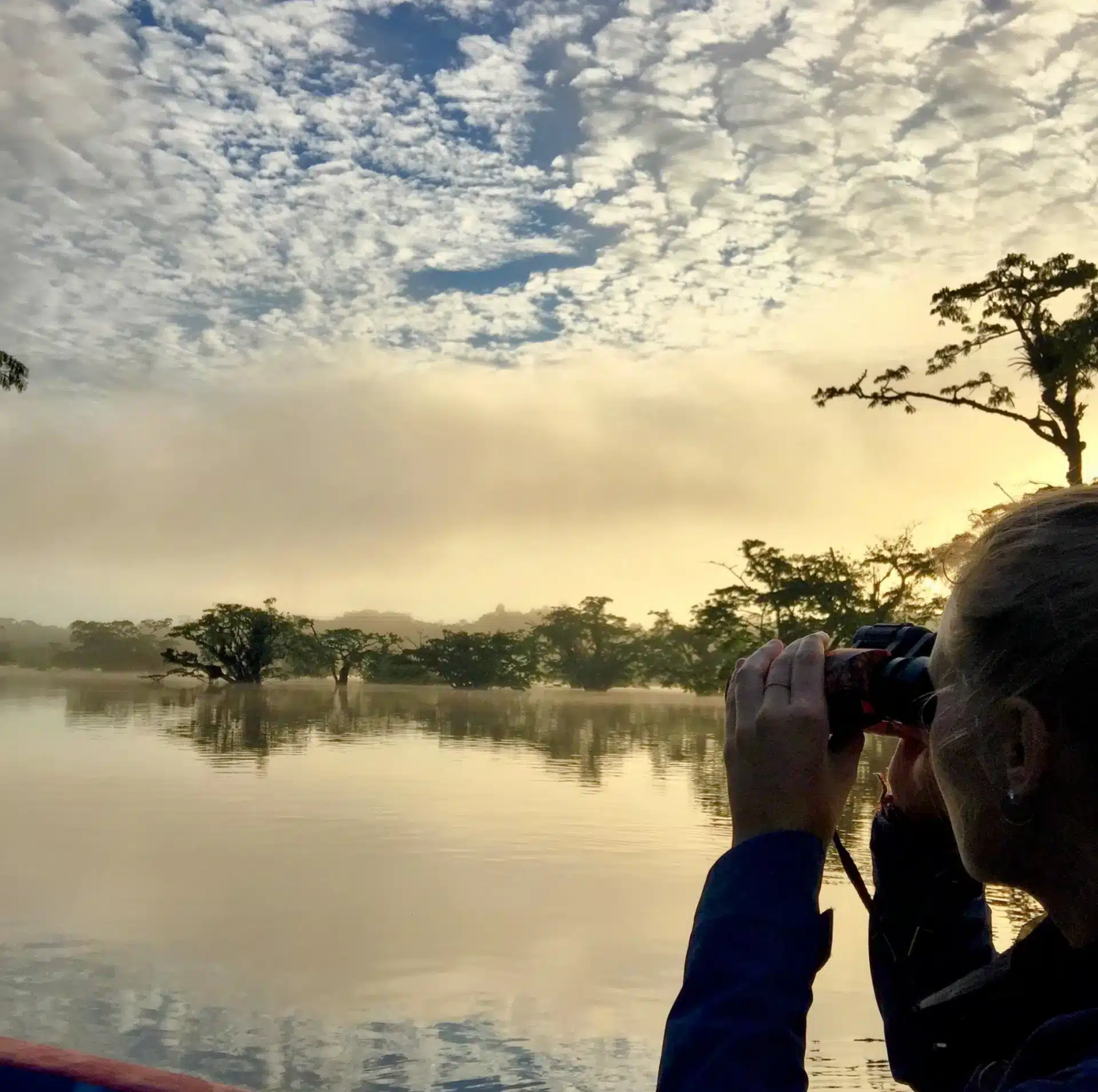
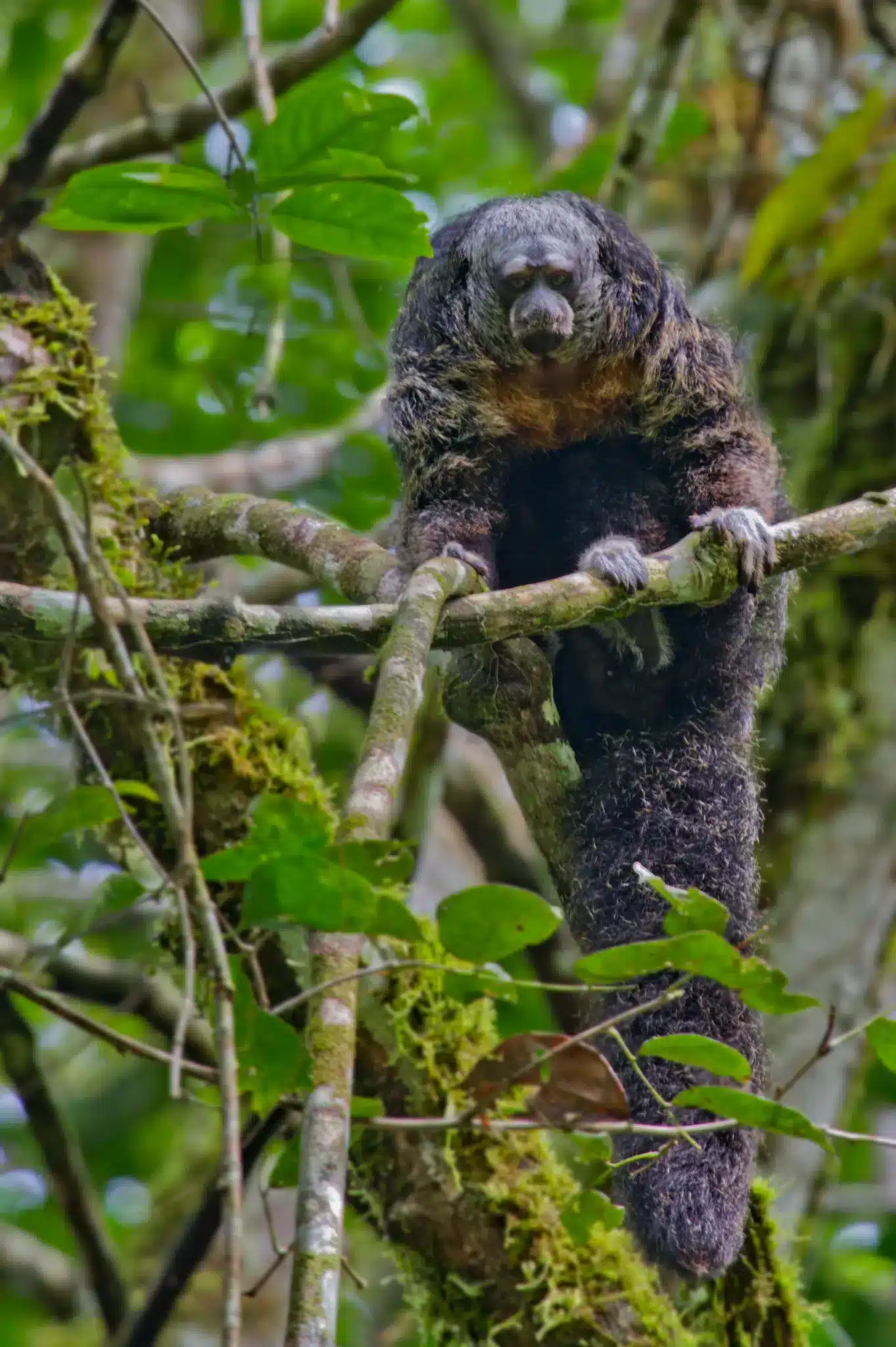
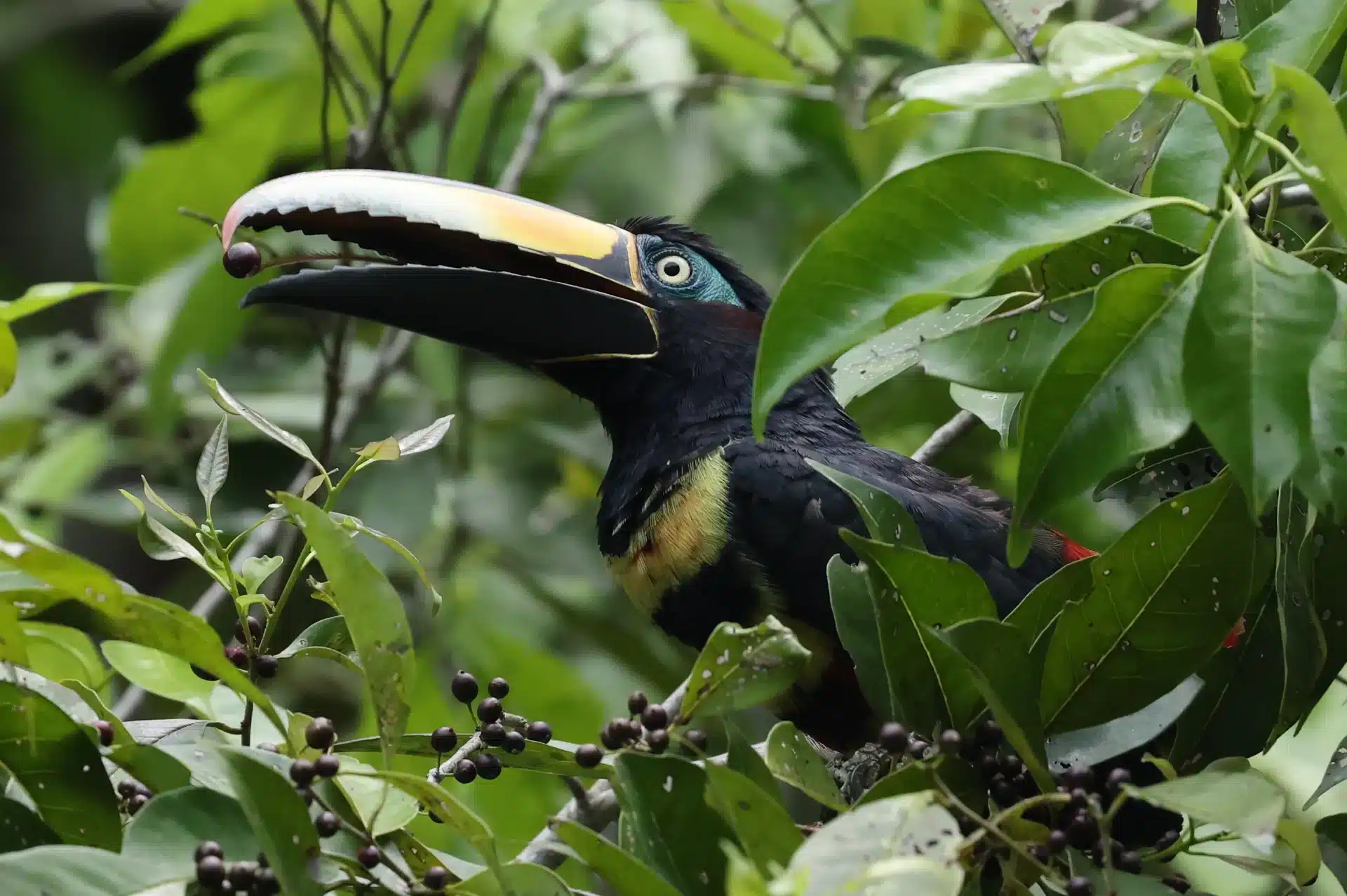

“Cuyabeno stands out for its extensive flat plains of flooded forests, where water replaces solid ground. Slow-flowing rivers feed lagoons and create narrow channels, with the canoe being the only way to navigate among trees and vegetation. The protected area takes its name from the Cuyabeno River, which overflows in its middle course, originating 14 lagoons and forming the largest wetland in the Ecuadorian Amazon. These flooded forests are home to dolphins, manatees, caimans, anacondas, otters, and the water guarango tree, with special adaptations to grow on the shores, creating a magical environment.
In drier sections, more than 10 species of monkeys coexist, alongside the powerful jaguar, elusive tigrillo, multicolored birds, and capybaras. The reserve is considered one of the protected areas with the greatest cultural diversity in the Ecuadorian Amazon, home to indigenous communities such as Siona, Secoya, Cofán, Kichwa, and Shuar. “
“Cacao Beans Ecuador is recognized as the “birthplace of cocoa,” and witnessed the domestication and use of cocoa 5300 years ago in the high Amazon, under the influential Mayo-Chinchipe-Marañón culture. A millennia-long relationship with the cocoa bean was established through domestication, cultivation, and distribution of the “golden bean,” marking the beginning of cocoa’s journey to become one of the world’s most sought-after commodities. Today, both the cocoa bean and the chocolate made from it are symbols of proud Ecuador”
The province of Napo, with Tena as its capital, is cradled by the rivers Quijos, Jatunyacu, and Napo, enticing us with thrilling rafting and kayaking adventures. In contrast, Papallacta, nestled amidst mountains, offers a tranquil retreat with its soothing hot springs.
In Puyo, nestled in the Pastaza province, the rich tapestry of indigenous culture and local craftsmanship enriches our journey with authentic experiences.
Baños, renowned as the “”gateway to the Amazon”” and nestled at the foot of the active volcano Tungurahua, beckons with its waterfall trails and outdoor pursuits like paragliding and cycling routes. Notable attractions include the Pailón del Diablo and the Pastaza River canyon, where panoramic vistas and adrenaline-pumping activities like cable car rides, bungee jumping, and canyoning await. Options abound in this picturesque corner of the mountain range.
The upper Amazon region promises vibrant adventures, blending verdant landscapes, thrilling activities, and local culture for avid adventurers and relaxation seekers alike.
